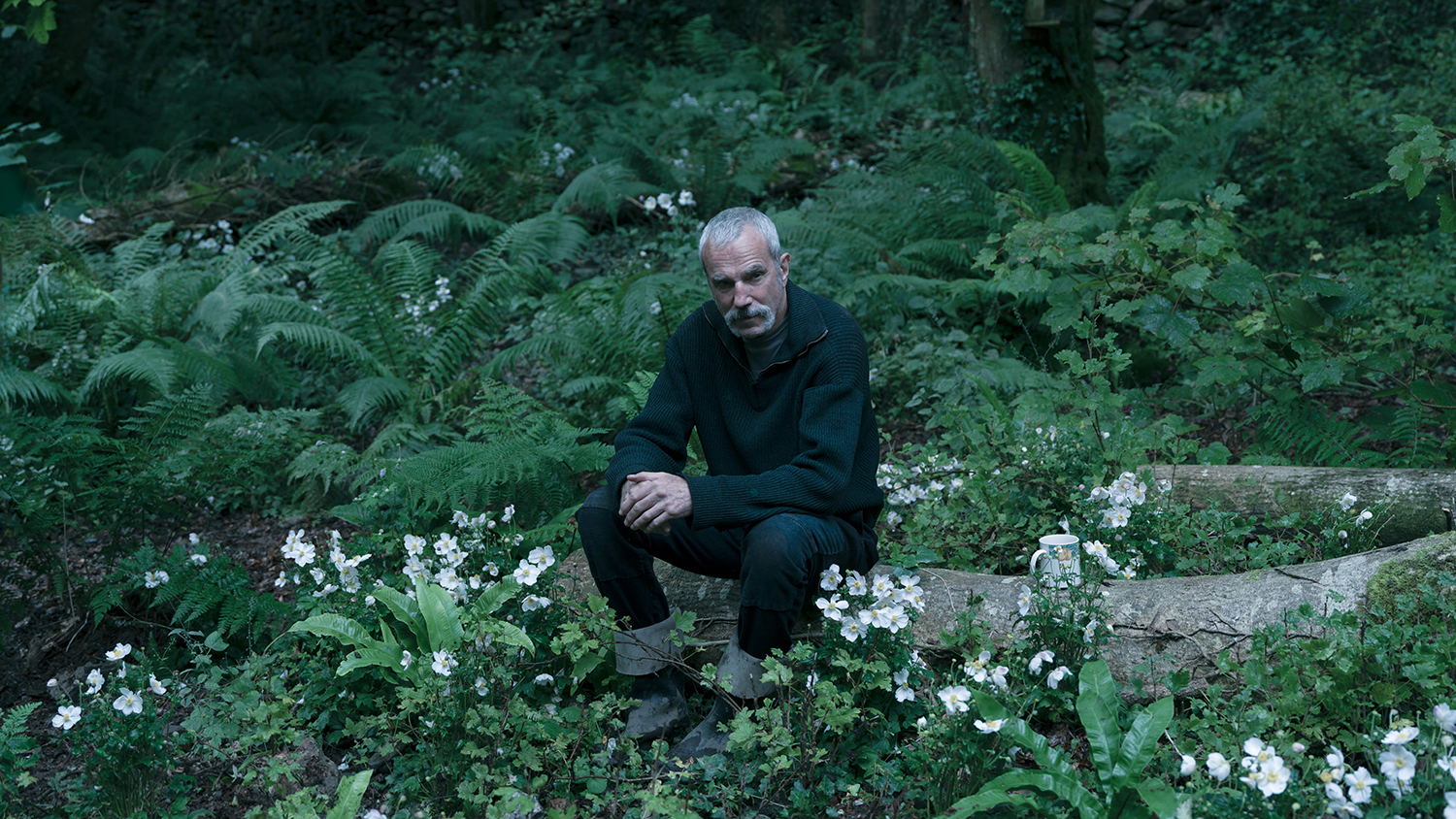
Daniel Day-Lewis as Ray Stoker in a scene from "Anemone." Photo credit by Maria Lax. (Photo courtesy of Focus Features)
You don't want anything to do with them in real life, but as movie subjects, their magnetism is irresistible.
Toxic men being toxic just hits differently in the confines of a darkened auditorium, up on the big screen. From a safe distance. Their sorry lives have the capacity to fascinate, frustrate, sometimes even enthrall. Toxic men lash out, but they can also seduce and charm, in those rare moments when they ward off the storm roiling inside them.
A couple of toxic men dominate two movies out in theaters this week. One has turned his back on society and tries to convince himself he's made peace with his ghosts. Another commits self-sabotage on a regular basis, enabling entrapment while repressing his true nature. Their dysfunctions billow off the screen like thick black smoke. You might just want to come back up for air.
Do these dark portraits take the time to fully explore the crevices of these toxic men's psyches? Let's find out.
“Anemone”: The early scenes of this somber four-hander set in Northern England are filled the sounds and sights of nature. Widescreen overhead shots of green foliage are drowned out by a blue palette that accentuates the chasm that separates the characters.
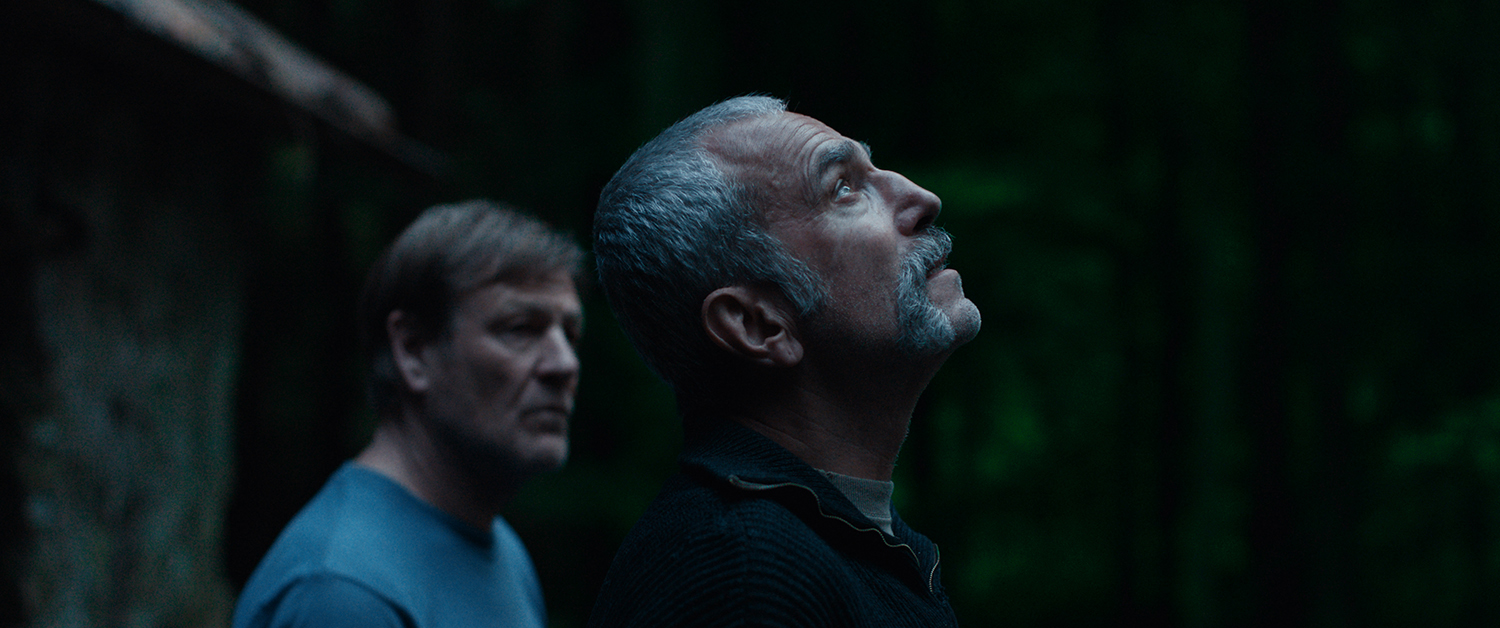
Sean Bean as Jem Stoker and Daniel Day-Lewis as Ray Stoker in a scene from "Anemone." (Photo courtesy of Focus Features)
A man in his sixties, his face weathered and creased, makes his way through these remote woodlands until he reaches a hut. The trepidation he feels comes from not knowing whether his brother, who has lived there by himself for the past twenty years, will welcome him.
Jem Stoker (Sean Bean) reconnects with his brother Ray (Daniel Day-Lewis), whom he hasn't seen in two decades. The gray-haired hermit with the sour disposition is not amused by this disruption to this solitude. But Jem's presence is grudgingly tolerated. Let the brooding begin.
“Anemone” is directed by Ronan Day-Lewis, the screen legend's middle child, in a collaboration with his father, who graces the screen for the first time in eight years and shares a screenwriting credit. Its early scenes smolder with considerable promise. Their willingness to follow nature's quiet rhythms suggest the work of slow cinema masters like Béla Tarr and Lav Diaz, infused with Catholic guilt. The ambition from the 27-year-old filmmaker, equally at ease shooting in vast exteriors and cavernous, darkly lit interiors, is palpable.
And then the characters open their mouths. They won't shut up. And the enigmatic spell is broken.
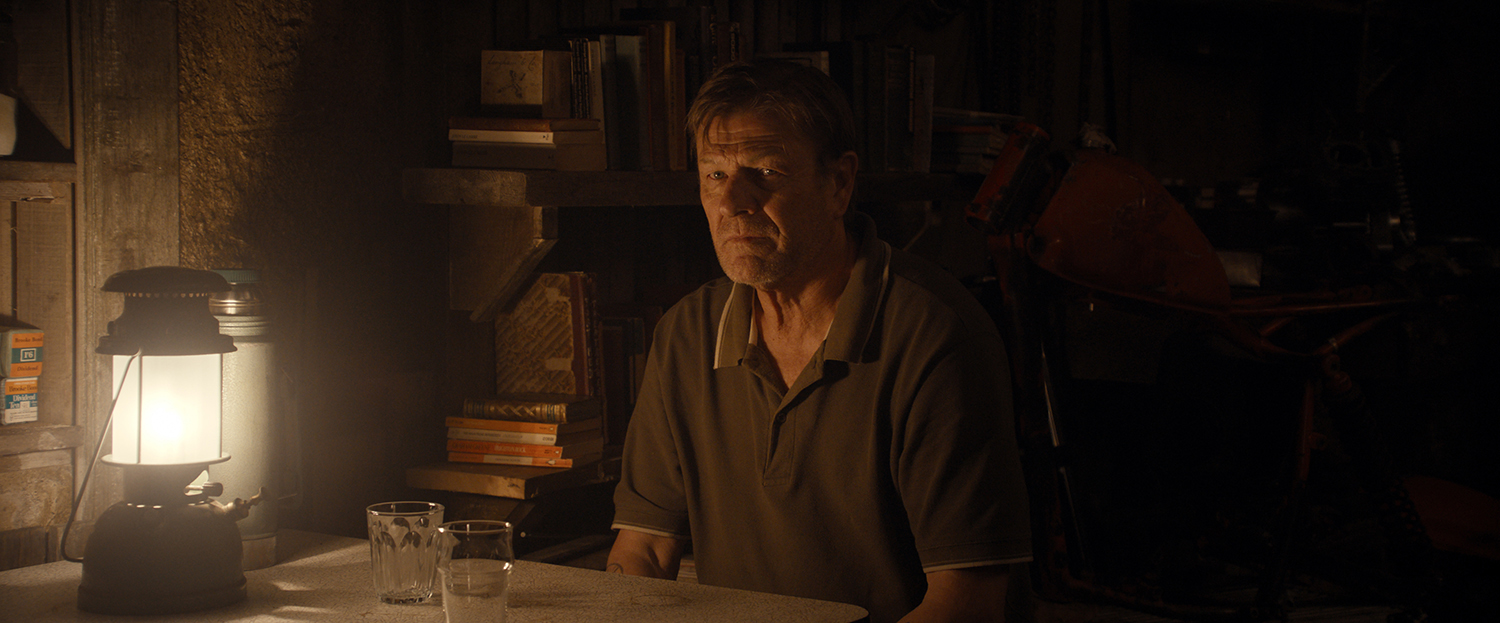
Sean Bean as Jem Stoker in a scene from "Anemone." (Photo courtesy of Focus Features)
Jem, you see, has a good reason to seek out his estranged sibling. After Ray chose to go off the grid, Jem built a family with Nessa (Samantha Morton), Ray's ex-girlfriend, and raised Brian (Samuel Bottomley), Ray's son. At issue, Jem tells his brother, is Brian and a rebellious, violent streak that's uncannily like his father's. Won't he please come and talk to his boy?
Of course, Ray won't even consider it. Jem's visit has instead awoken a slumbering giant. And so the men reminisce, initially about the priest who took away Ray's innocence, and then about those years they wore the Crown's uniform at the height of the Troubles in Northern Ireland. Atrocities happened. It's safe to say these men have seen things.
It all sounds compelling, and maybe it looked that way on the page, but that sure isn't the way it plays. After setting up the stage with strong visuals, Ronan constructs the narrative around a series of lengthy monologues. There was never any doubt that in this evocative tale of fathers and brothers, his own father would be up to the mighty task. In his first performance since Paul Thomas Anderson's (sublime) “Phantom Thread,” the elder Day-Lewis shows why you can always make a case that he's our best living film actor.
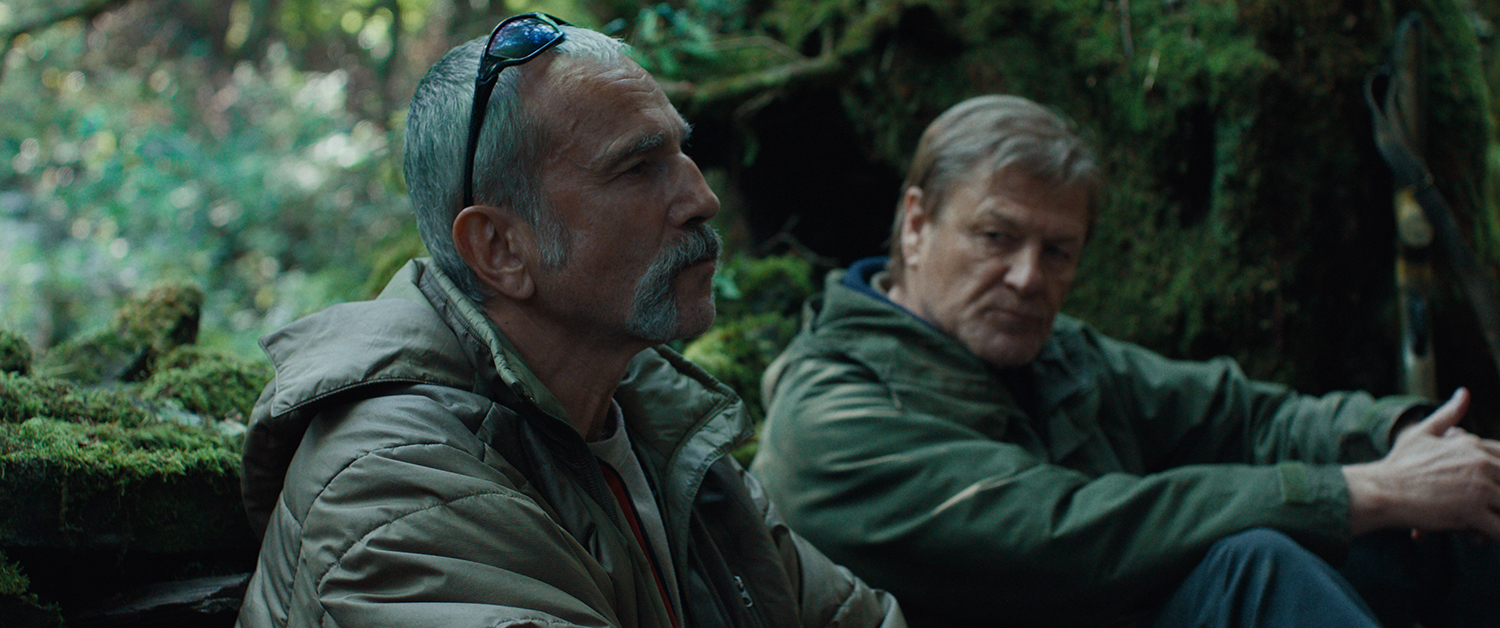
Daniel Day-Lewis as Ray Stoker and Sean Bean as Jem Stoker in a scene from "Anemone." (Photo courtesy of Focus Features)
Unfortunately, the younger Day-Lewis is unable to make these extended soliloquies dynamic. They grind the film to a halt, and what initially feels thoroughly cinematic becomes irretrievably stagebound.
Ronan devotes so much screen time to Ray's ruminations that the scenes back home with a concerned Nessa and a sullen, resentful Brian feel like an afterthought. It doesn't help that the Day-Lewises haven't given these supporting characters much of an inner life, though Morton and Bottomley do make an effort.
For all the self-examination on display, the characters in “Anemone” are wafer-thin, and that makes an already long film, clocking in at just over two hours, feel even longer. The irony here is that the end result would have likely been more absorbing if Ronan had leaned more into the dialogue-free scenes, which hint at the meditative tone poem this could have been. It's also something that might have even made its ill-conceived flourishes of mythic grandeur more palatable.
But this pretty, vacant film's arthouse cachet stops every time these talented folks deliver their lines, and what we hear amounts to a reheated middlebrow soap opera with delusions of higher art and a whiff of a Sam Shepard play. Yes, Mr. Ray Stoker, you're the daddy, but there's no use asking him to step up. This recluse is too busy wallowing in his violent past. Over and over again. That bright light on the horizon you see is the possibility that the elder Day-Lewis has caught the acting bug again and may gravitate toward projects that don't get lost in the shadows.
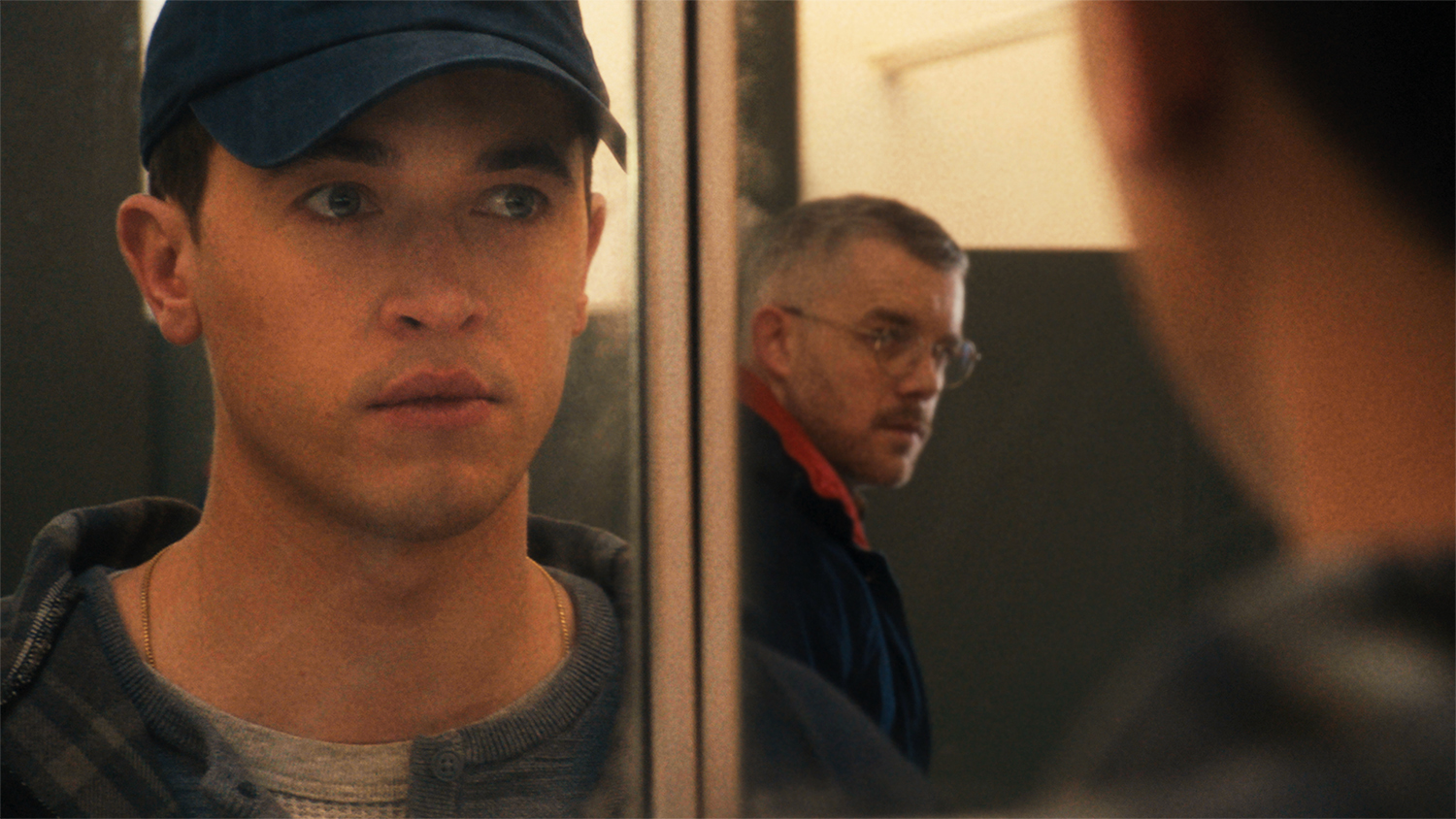
Tom Blyth as Lucas and Russell Tovey as Andrew in a scene from "Plainclothes." (Photo courtesy of Magnolia Pictures)
“Plainclothes”: The images are washed out and fuzzy, like trying to tune into a channel your cable plan didn't cover back in the day. Men of different ages lock eyes with and follow the good-looking, kinda square stranger they spotted in the food court or near the escalator. So they enter the mall's restroom, their faces dead serious but also hungry. For release, for the thrill of getting away with something illicit. Most of all, for a break from wearing a mask that must not be taken off because, in their minds, no one wants to take a look at who's hiding underneath. Least of all themselves.
Then comes the sweet taste of consent. Followed by a vanishing act, then a bunch of cops with handcuffs, eager to add another notch on their belt. Another closet case is off the street, his life ruined, but what does it matter? These arrests restore normalcy to the way things ought to be: straight and narrow. That good-looking, kinda square guy with the bedroom eyes? He's not people watching at the mall, but setting up his next unsuspecting target. For decency's sake. Or something.
Writer-director Carmen Emmi's anatomy of the closet, set in Syracuse, New York circa 1997, boasts a corker of a premise: an undercover police officer who locks away horny dudes unfortunate enough to meet his piercing gaze, the better to keep his own proclivities buried deep.
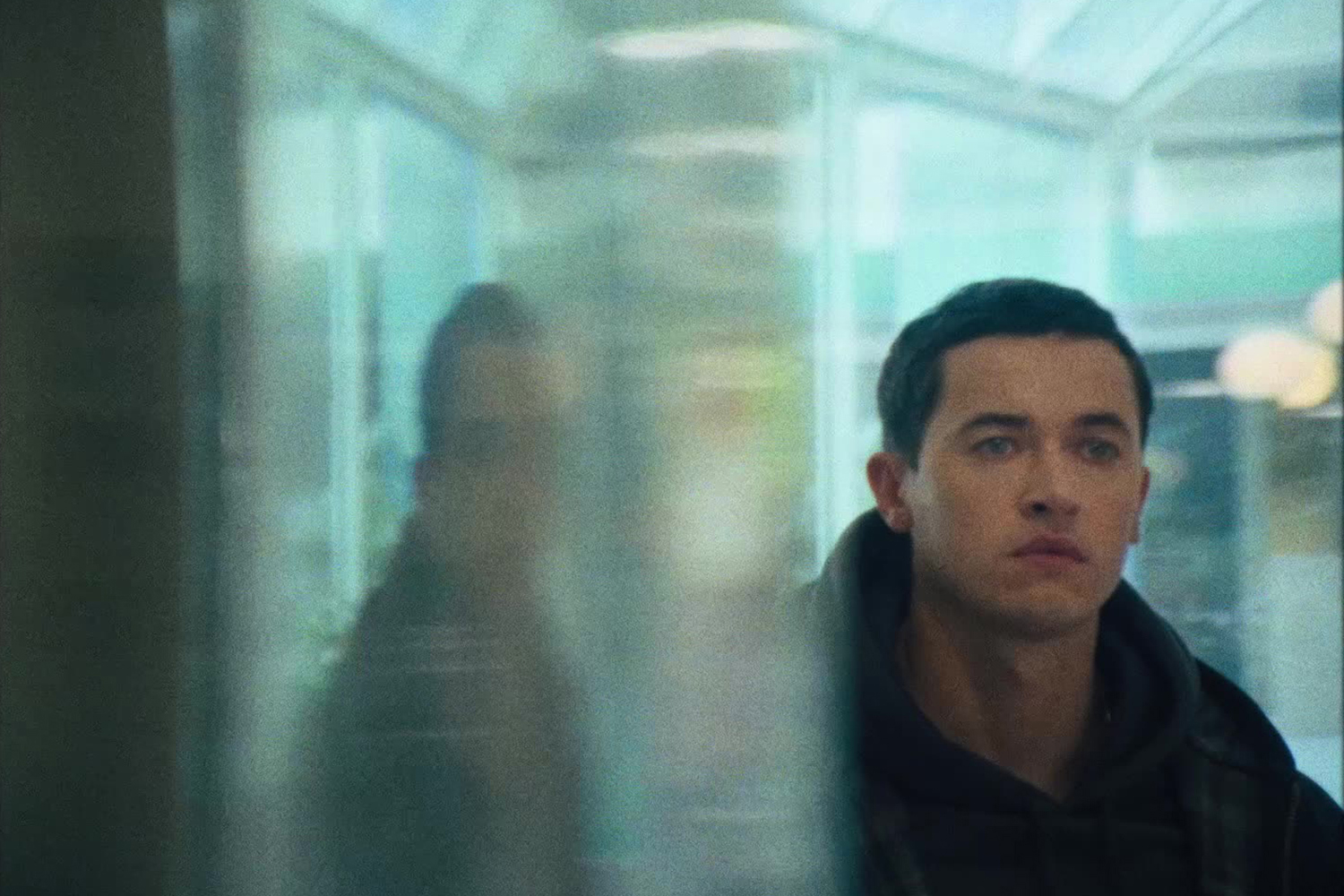
Tom Blyth as Lucas in a scene from "Plainclothes." (Photo courtesy of Magnolia Pictures)
The twenty-something Lucas (Tom Blyth) lets his rising career in law enforcement take the wheel. At least until the day he crosses paths with Andrew (Russell Tovey). Suddenly, the prospect of this hot daddy in the corduroys behind bars seems wrong. Also, there's something about this unassuming older man with the kind demeanor. His quiet confidence and effortless masculinity make him even more desirable. Sensing Lucas' reticence, Andrew gives him his phone number. Ball's in his court. What could possibly go wrong?
Emmi elicits first-rate performances from his stars, and he lures viewers with the furtive encounters that follow, which include one very sensual sex scene. The filmmaker uses those muddy camcorder images I referred to earlier, familiar to anyone who owned a Hi8 camcorder in the 1990s, to capture both the aesthetic trappings of the time period and the constant state of surveillance these men live under. It's an effective tool to convey the constricted confines of these gay and bisexual men who hid in plain sight.
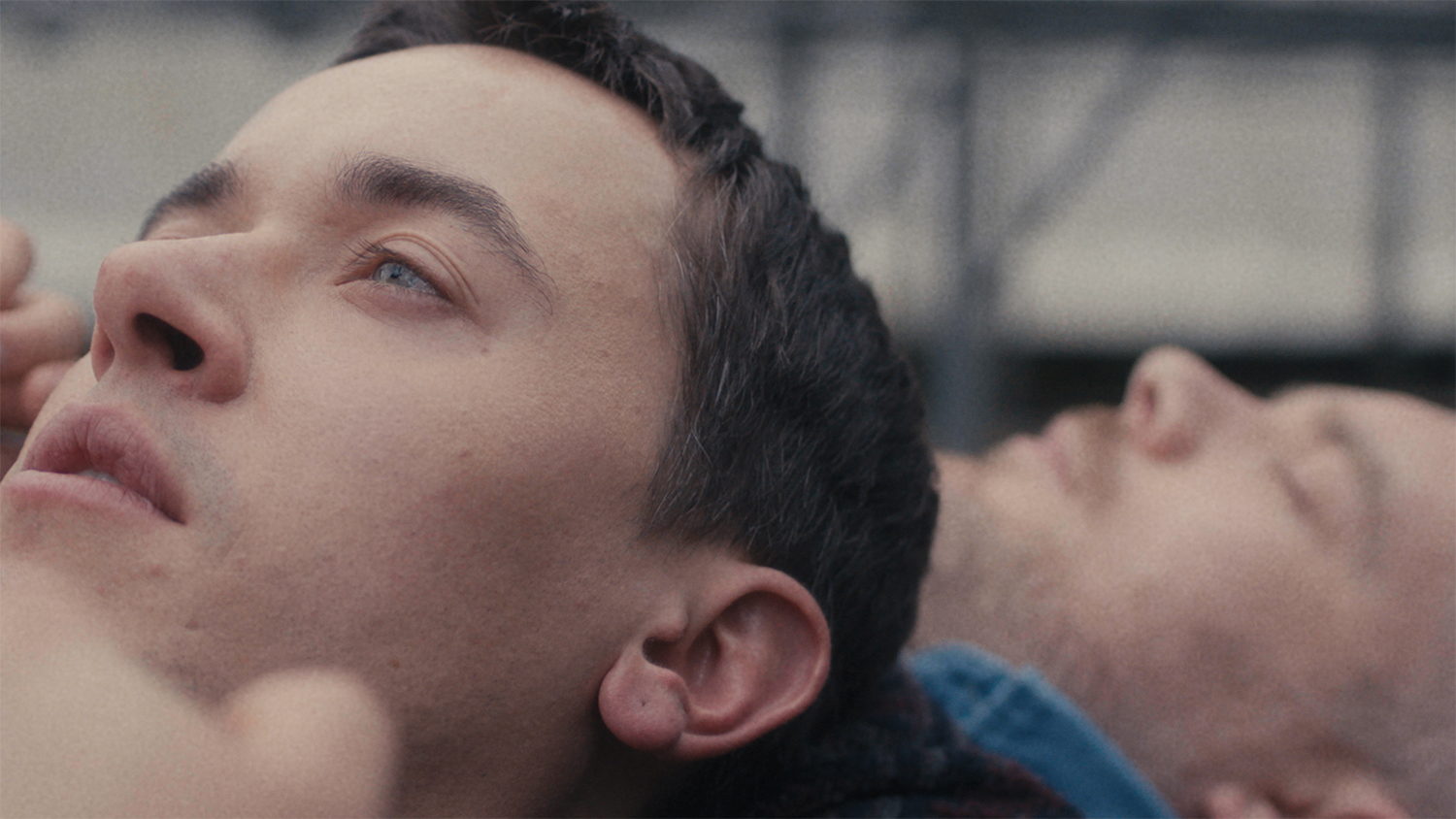
Tom Blyth as Lucas and Russell Tovey as Andrew in a scene from "Plainclothes." (Photo courtesy of Magnolia Pictures)
Problem is, Emmi is so fond of his stylistic conceit that he overuses it, to the point that the jagged editing splicing together the “regular” shots with the more low-rent visuals disrupts the narrative flow and simply becomes obtrusive. Moreover, it turns into a crutch, a substitute for a more profound exploration of how Lucas compartmentalizes his work and his personal life. The lack of interiority undermines strong work from Blyth, whom you may have seen as the young Coriolanus Snow in the recent “Hunger Games” prequel, and Tovey, whom you might have caught in HBO's “Looking” and “Years and Years.” Both actors deliver sterling, near career-best work here.
The performances are so strong, the stars' chemistry so beguiling, they almost overcome the shortcomings that hold “Plainclothes” back. What ultimately does the movie in is a misbegotten framing device that jumps forward several months for a glimpse of Lucas' family and a compromising letter that goes missing. Emmi goes back and forth between the timelines with lackluster and occasionally confusing results.
The movie builds toward a New Year's Eve party where the recriminations and revelations bring “Plainclothes” down to the level of a “Jerry Springer” episode. But it's a testament to Blyth and Tovey's committed work that what we end up with is more of a near miss than a disappointment. And, even though Emmi misses the mark here, he has enough of a distinctive voice that I'm curious to see where he goes from here. Hopefully, to a movie where his butch men ditch the closet and choose to live out in the open.
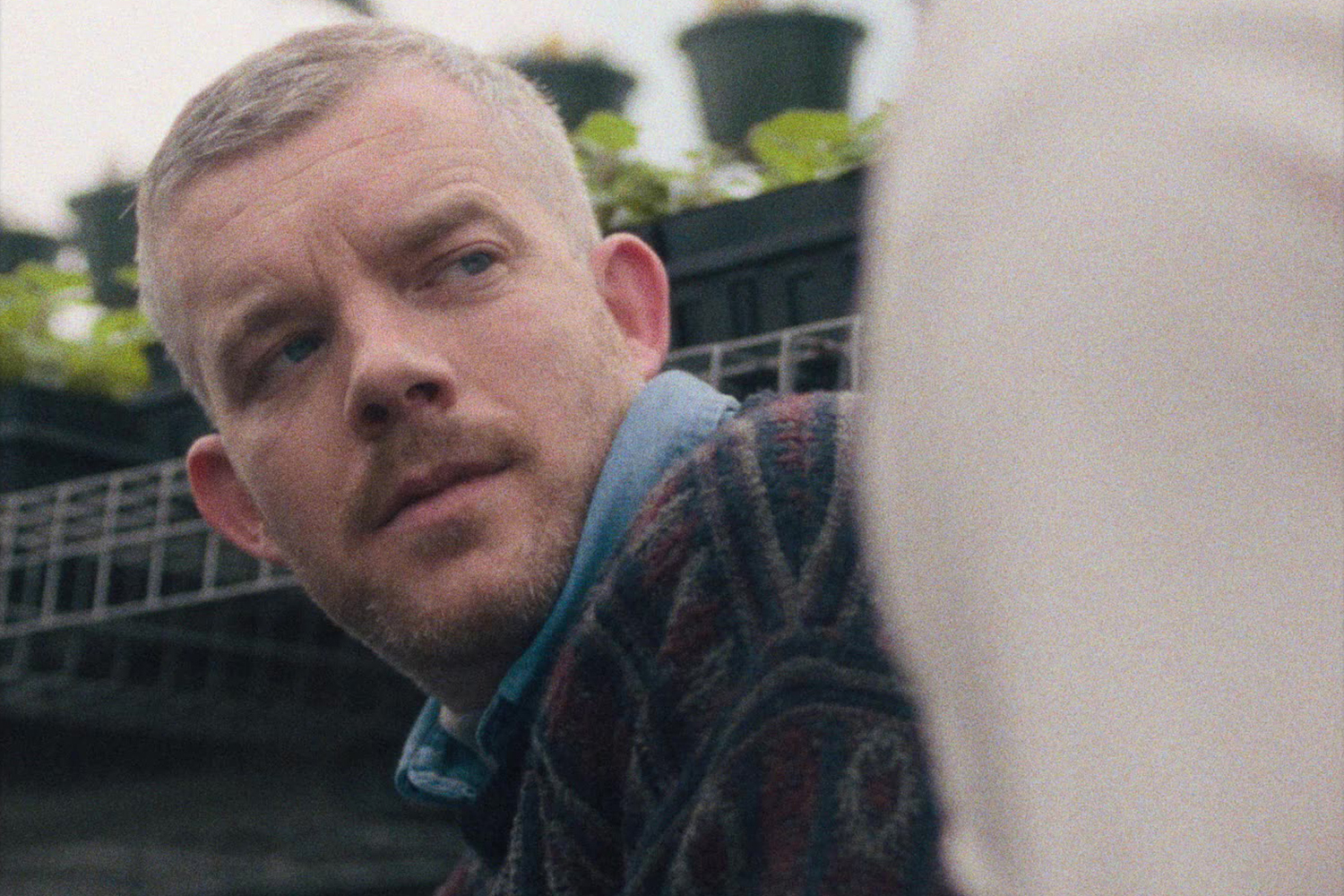
Russell Tovey as Andrew in a scene from "Plainclothes." (Photo courtesy of Magnolia Pictures)
“Anemone” is now showing across South Florida, including at Coral Gables Art Cinema, Cinépolis Luxury Cinemas Coconut Grove, CMX Dolphin 19 and AMC DINE-IN Coral Ridge 10. “Plainclothes” is now showing at AMC Aventura 24 and AMC Sunset Place 24. Showtimes are limited.




